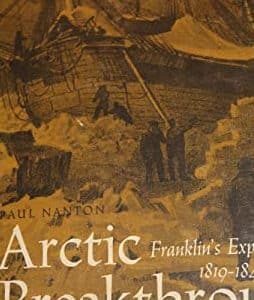Description
pp. 221, “Film studies most influential account of cinema spectatorship labels it male, differentiated from the female variety by its phallic, sadistic visual pleasure. The male of this account is not an actual man in the cinema audience but a textually constructed viewing position. Over time, however, the investigation of female spectators’ experience blurs that distinction. This book weighs the evidence for the nature of male spectatorship. It considers fantasy, masquerade, readership, and the questioning of sex and gender achieved by queer theory and by appeal to anthropology and genetics. It recognizes the cruciality of love as an element in Hollywood narrative, and so questions both the male’s alleged mastery when he is feminized by love, and film studies habit of declaring the love story female territory. Analyses of five 1950s movies suggest that, if the male on screen is an identification point for the male in the audience, then his experience is far from that of secure mastery.”






